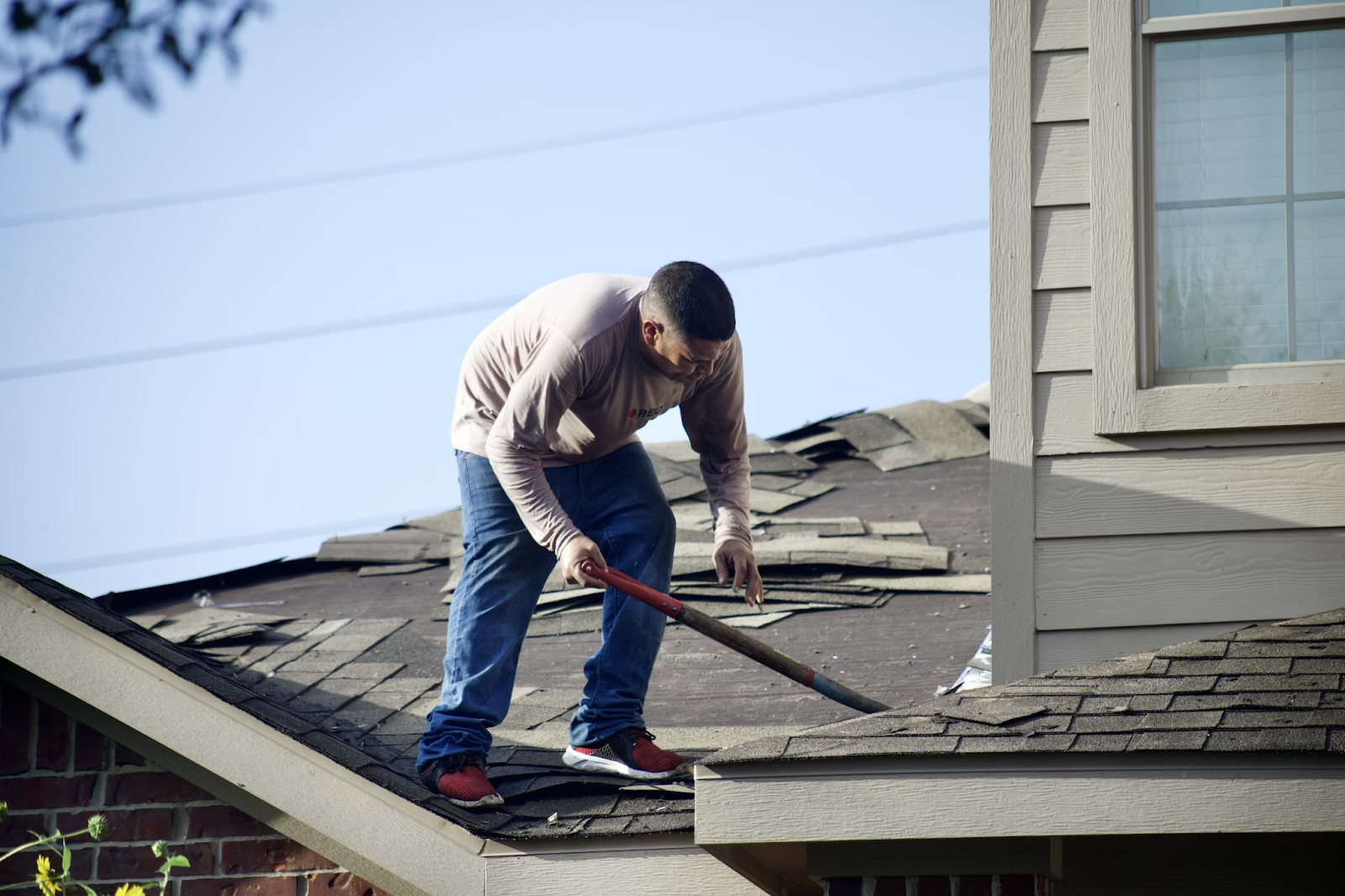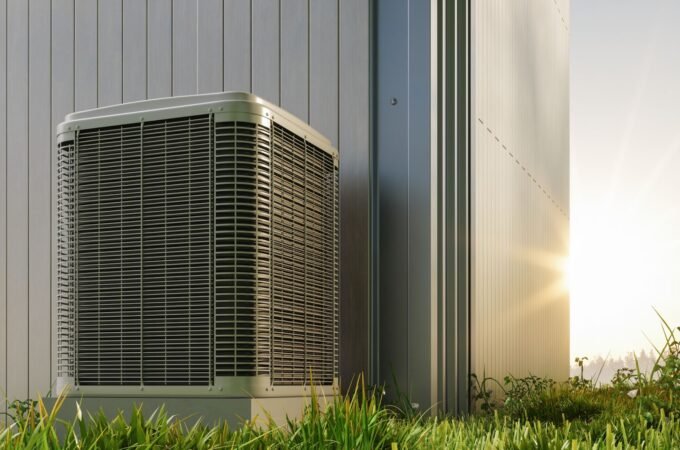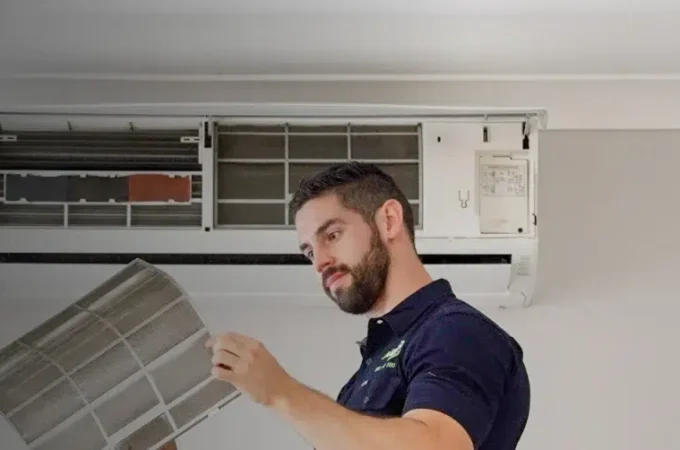
How Weather Can Affect the Lifespan of Your Roof
Roofs, often underrated, play a pivotal role in our homes. They shield us from the elements, contribute to the structural integrity of our homes, and significantly impact our home’s energy efficiency. These silent protectors bear the brunt of all weather conditions, from scorching summer heat to frigid winter storms, and everything in between. Interestingly, roofs aren’t one-size-fits-all – there are over 100 types of roofing materials available worldwide, each with its unique characteristics. Some roofs in Norway have been reported to last for over a millennium! While we may not give them much thought, understanding the impact of weather on the lifespan of our roofs can be critical in home maintenance and planning for replacements.
Sun Exposure
Ultraviolet (UV) rays and the associated heat can lead to the degradation of roofing materials, causing them to become brittle and crack over time. Because sun exposure is inevitable, it’s essential to choose a roofing material suitable for your climate and that can withstand UV rays. Factors such as color, reflectivity, and thermal emittance all play a role in how well a roof can deflect the sun’s rays and prevent premature aging. You can always turn to tips on maintaining your roof from professionals or even consult a roofing specialist to determine the best material for your home. In the end, the sun’s harsh rays can significantly impact the lifespan of your roof, and choosing the right material for your climate is a crucial factor.
Rain, Snow, and Ice
Moisture is an enemy to most roofing materials as it can lead to rot and corrosion. Furthermore, in colder climates, the freeze-thaw cycle can exacerbate this damage. Water seeps into cracks, freezes, and expands, creating larger cracks over time. The constant weight of snow and ice buildup can also put excessive strain on your roof, leading to structural damage. Regular inspections and timely repairs can help mitigate the impact of moisture on your roof’s lifespan. For example, promptly clearing snow and ice buildup can prevent unnecessary stress on your roof. Additionally, choosing a roofing material that can withstand heavy rain, snow, and ice is crucial to ensuring the longevity of your roof.

Wind and Hail
Strong winds and hail can cause significant damage to roofs, particularly those with loose or weak materials. Shingles can get blown off in high winds, and hailstorms can cause dents or punctures in roofing materials. As with any other weather condition, choosing a sturdy and durable roofing material is essential in areas prone to high winds or hailstorms. Regular maintenance and inspections can also help identify any potential weak spots that may need reinforcement. Investing in wind-resistant shingles or impact-resistant materials can provide added protection against these weather conditions. For those living in areas prone to hurricanes or tornadoes, it’s critical to consult with local roofing experts for the best options.
Fluctuating Temperatures
Constant changes in temperature can cause roofing materials to expand and contract, leading to a weakening of the roof structure over time. It’s essential to choose a roofing material that can withstand a wide range of temperatures and avoid potential issues such as cracks or warping. Regular inspections and maintenance can help identify any damages early on and prevent further deterioration. Additionally, ensuring proper ventilation in your attic can help regulate temperature changes and reduce the strain on your roof. On average, a well-maintained roof can last anywhere from 20-50 years, but understanding how temperature fluctuations can impact your specific roofing material is crucial in prolonging its lifespan.
Debris and Leaves
Not strictly weather, but often a result of it. Falling leaves, twigs, and other debris can accumulate on your roof. If not cleaned regularly, this can lead to moisture retention and eventual damage. Tree branches can also cause direct damage to your roof during storms, so regular trimming is recommended. In areas prone to wildfires, it’s essential to keep your roof clear of debris and leaves as they can catch fire and spread quickly. Regular maintenance and cleaning can prevent potential damage caused by debris accumulation. Most leaves and debris can be easily removed with a broom or leaf blower, but for heavier buildup, it’s best to consult with professionals.
The weather plays a significant role in the lifespan of our roofs but with proper planning, maintenance, and choosing the right materials, we can ensure our roofs withstand the test of time. Remember to regularly inspect and maintain your roof, and consult with professionals for any repairs or replacements. Understanding how different weather conditions can impact your specific roofing material is crucial in protecting your home’s silent protector – your roof. So next time you look up at your roof, remember to appreciate its importance and take the necessary steps to ensure its longevity.




